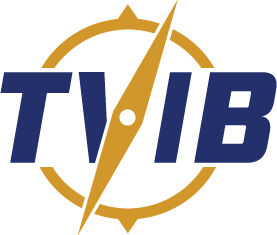USCG Recognized Marine Internal Lead Auditor (MILA) Course – LAST ONE for 2017
The next U.S. Coast Guard recognized Marine Internal Lead Auditor Course (MILA) is being held November 14th & 15th in Houston, Texas. Seats are limited. Under Subchapter M, Internal Auditors are required to have this or other USCG recognized training as noted in 46 CFR 138.310(d)(2). This course is the only course specifically written for the Inland Brown Water industry and taught by trained instructors with USCG licenses and significant auditing experience. Bring your Subchapter M, TMSA, or RCP questions to the course.
